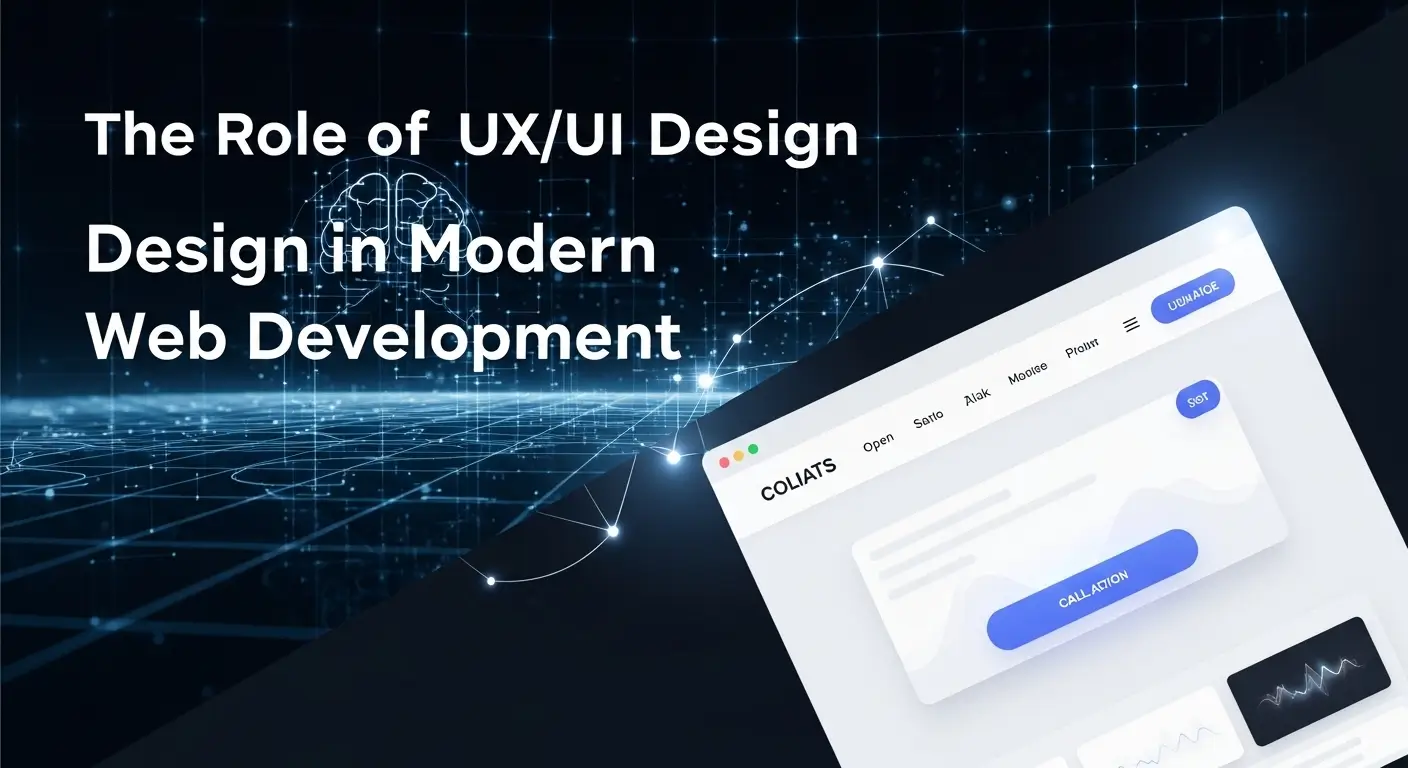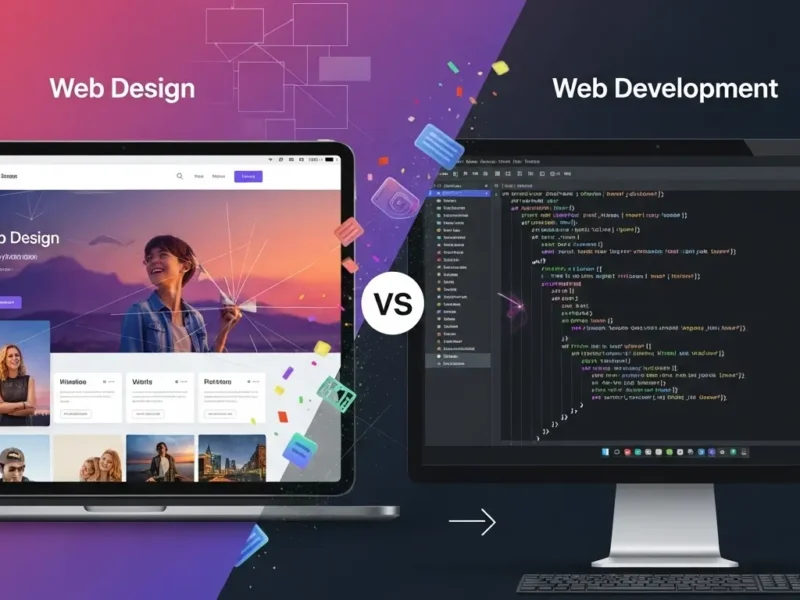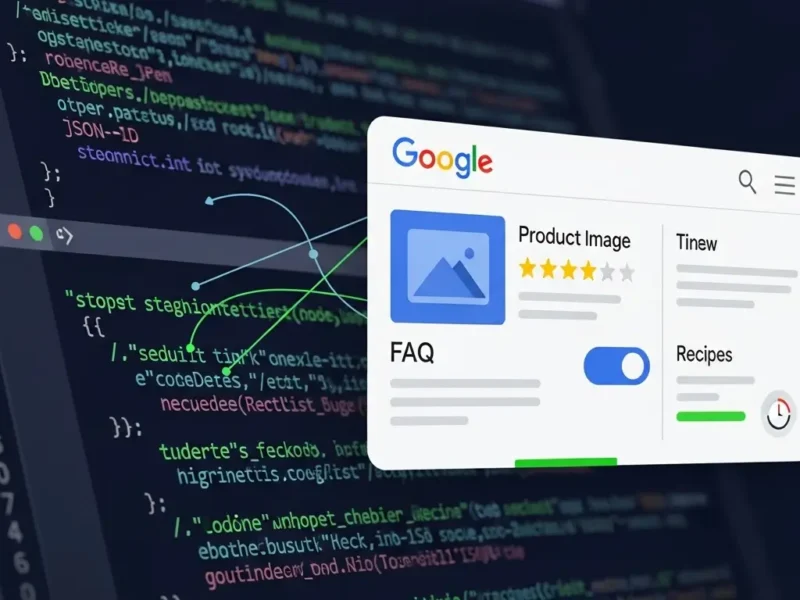In the dynamic landscape of the internet, a website is no longer merely an online brochure; it’s a living, breathing digital entity, often the primary touchpoint between a brand and its audience. As search engines grow more sophisticated and user expectations soar, the superficial appeal of a website pales in comparison to its core functionality and the ease with which users can interact with it. This is where UX (User Experience) and UI (User Interface) design emerge not just as buzzwords, but as fundamental pillars of modern web development, determining whether a digital product thrives or merely survives.
Far from being an optional luxury, UX/UI design has become a strategic imperative, deeply intertwined with business objectives, user satisfaction, and, crucially, a website’s ability to rank high and convert. As an industry expert, I can confidently state that overlooking its significance is akin to building a house without a foundation – it might look good on the surface, but it’s destined to crumble under the weight of real-world use.
Beyond Aesthetics: Defining UX and UI in Tandem
To truly grasp their profound impact, it’s essential to first differentiate and then understand the synergistic relationship between UX and UI.
User Experience (UX): The Invisible Foundation
UX design is the overarching process of enhancing user satisfaction by improving the usability, accessibility, and pleasure provided in the interaction between the user and a product. It’s about understanding human behavior, motivations, and needs. A UX designer’s role is to ensure that a website or application is:
- Useful: Does it serve a purpose and meet user needs?
- Usable: Is it easy to navigate and interact with?
- Desirable: Does it evoke positive emotions and a desire to use it?
- Findable: Is content easy to locate both on the site and through external search?
- Accessible: Can users with disabilities perceive, understand, navigate, and interact with it?
- Credible: Does it inspire trust and belief in the product/brand?
Think of UX as the architecture of a building – it dictates the flow, the safety, the functionality, and how comfortable people feel inside. It’s about the entire journey a user takes, from landing on a page to completing a desired action.
User Interface (UI): The Tangible Touchpoint
UI design, on the other hand, is closer to the interior design of that building. It’s the visual and interactive elements of a product that a user actually sees and touches. This includes everything from the layout of pages and the choice of color palettes to typography, iconography, and the appearance of buttons, forms, and other interactive components. A UI designer focuses on:
- Visual Appeal: Creating an aesthetically pleasing and consistent look.
- Interactivity: Designing how elements behave when a user interacts with them (e.g., button states, animations).
- Responsiveness: Ensuring the interface adapts seamlessly across various devices and screen sizes.
- Brand Identity: Reflecting the brand’s personality and values through visual elements.
While UX determineshowsomething works andhowa user feels, UI determineshowit looks andhowusers will visually engage with it. They are two sides of the same coin; a brilliant UX can be undermined by a poor UI, and vice versa.
The Strategic Imperative: Why UX/UI Isn’t Optional
In modern web development, the integration of robust UX/UI design is no longer a “nice-to-have” but a fundamental business driver.
- Enhanced User Satisfaction & Loyalty: A positive user experience fosters trust and encourages repeat visits. When a site is intuitive and delightful to use, users are more likely to become loyal customers or advocates.
- Improved Conversion Rates: Clear navigation, compelling calls-to-action (CTAs), and a frictionless user journey directly translate into higher conversions, whether that’s sales, sign-ups, or inquiries. Every obstacle removed through thoughtful UX/UI design increases the likelihood of a user completing a desired action.
- Reduced Development Costs & Time: Investing in UX/UI upfront through research, prototyping, and testing helps identify and rectify potential issues early in the development cycle. This prevents costly reworks and fixes later on, saving significant time and resources.
- Stronger Brand Identity & Credibility: A professionally designed, user-centric website reflects positively on your brand, conveying competence, reliability, and attention to detail. This builds trust and positions your brand as a leader in its domain.
- Competitive Advantage: In crowded markets, superior UX/UI can be a powerful differentiator. Providing a smoother, more enjoyable experience can draw users away from competitors and keep them engaged.
Key Pillars of UX/UI in the Development Lifecycle
Modern web development processes increasingly adopt an agile, iterative approach, where UX/UI is integrated from conception to deployment. This integration is crucial, and serves as an invaluable guide to web development process best practices for achieving user-centric digital products.
- User Research & Empathy: This is the bedrock. Through surveys, interviews, usability testing, and competitor analysis, designers gain deep insights into target users’ needs, behaviors, and pain points. This data-driven approach ensures that design decisions are grounded in real user requirements, not assumptions.
- Information Architecture (IA) & Interaction Design: IA organizes and structures content in a way that is logical and easy to navigate. Interaction design defines how users will interact with the system, mapping out user flows, clickable elements, and responses. This phase often involves wireframing (low-fidelity blueprints) and prototyping (interactive mockups).
- Visual Design & Branding: Here, the UI designer brings the experience to life with colors, typography, imagery, and animations, ensuring visual consistency and aligning with the brand’s identity. This also includes creating a comprehensive design system to ensure scalability and maintainability.
- Accessibility & Inclusivity: A crucial aspect often overlooked, ensuring that a website is usable by people with diverse abilities (e.g., visual impairments, motor disabilities). This means adhering to WCAG (Web Content Accessibility Guidelines) and designing with empathy for all users.
- Performance & Responsiveness: A well-designed UI/UX is useless if the site is slow or doesn’t adapt to different devices. Performance optimization (fast loading times, efficient code) and responsive design (seamless experience across desktops, tablets, and mobiles) are integral to a positive user experience.
UX/UI’s Impact on SEO & Business Metrics
Google, and other search engines, prioritize user experience. When users have a positive experience on your site, it sends strong signals that positively impact your search engine rankings.
- Improved Dwell Time & Reduced Bounce Rate: Intuitive navigation, engaging content, and fast loading times encourage users to stay longer on your site (high dwell time) and reduce the likelihood of them leaving quickly (low bounce rate). These are critical ranking factors.
- Higher Conversion Rates: As mentioned, good UX/UI directly correlates with better conversion. Google’s algorithms consider conversion rates and user engagement as indicators of content quality and relevance.
- Core Web Vitals (CWV): Google explicitly uses CWV as ranking signals. These metrics – Largest Contentful Paint (LCP), First Input Delay (FID), and Cumulative Layout Shift (CLS) – directly measure aspects of loading performance, interactivity, and visual stability, all of which are heavily influenced by thoughtful UX/UI and front-end development.
- Enhanced Mobile Experience: With mobile-first indexing, a responsive and mobile-optimized UX is non-negotiable for SEO success.
Integrating UX/UI: A Collaborative Development Mindset
Modern web development teams operate best when UX/UI designers are embedded throughout the entire lifecycle, not just at the beginning or end. This collaborative approach fosters:
- Early Problem Detection: Designers and developers can identify technical constraints or design flaws together, before they become expensive problems.
- Shared Understanding: A common vision for the product’s goals and user needs across the team.
- Iterative Improvement: Continuous feedback loops and usability testing allow for constant refinement, ensuring the product evolves to meet user and business needs.
The Future is User-Centric: Evolving with UX/UI
As technology advances – with AI, VR/AR, and increasingly sophisticated interfaces – the principles of UX/UI design will remain paramount. The focus will always be on creating intuitive, delightful, and meaningful interactions between humans and technology. Developers who understand and prioritize UX/UI are not just building websites; they are crafting experiences that resonate, engage, and ultimately, succeed.
Ready to transform your digital presence into a highly engaging, high-converting asset? Don’t let your website be just another URL. If you’re looking for a web development company that prioritizes user experience and delivers measurable results, contact our expert team today for a comprehensive UX/UI audit and strategy session to unlock your website’s full potential and secure your competitive edge in the modern web landscape.



